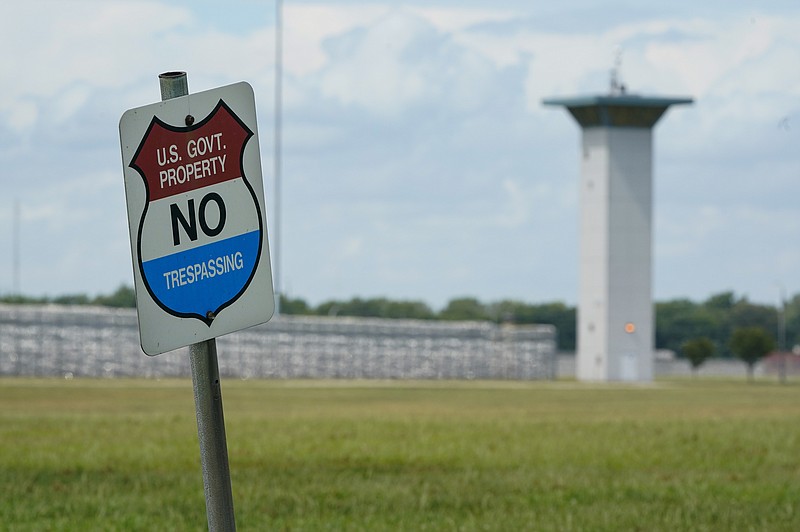WASHINGTON -- Over the past 18 months, 29 prisoners have escaped from federal lockups across the U.S. -- and nearly half still have not been caught.
At some of the institutions, doors are left unlocked, security cameras are broken and officials sometimes don't notice an inmate is missing for hours. Security is so lax at one Texas lockup that local law enforcement officials privately joke about its seemingly "open-door policy."
Prisoners have broken out at lockups in nearly every region of the country.
Twelve of the inmates who escaped in 2020 -- from prisons in Florida, California, Louisiana, Texas and Colorado -- remain at large. Two others who escaped since January this year have also not yet been caught.
Their crimes include racketeering, wire fraud, bank robbery, possession of methamphetamine and possession with intent to distribute methamphetamine and other drugs. All of the escapes happened at minimum-security federal prison camps, some of which don't even have fences, and house inmates the Bureau of Prisons considers to be the lowest security risk.
"Anybody can escape from any camp any minute of any day," said Jack Donson, a prison consultant and former case manager at a federal prison in Otisville, N.Y. "They're not secure facilities. They have no fence, no metal detectors."
The numbers raise serious concerns that the agency long besieged by chronic mismanagement, misconduct and a severe staffing crisis is failing at performing its most basic function: keeping prisoners in prison.
While a Justice Department budget report submitted to Congress said the Bureau of Prisons had no escapes from secure facilities, it does not count those who escape from minimum-security prisons or camps. Federal officials often refer to them as "walk-aways," though it is still an escape from federal prison under the law, and law enforcement officials say there is still a risk to the community when an inmate absconds.
Federal prison camps were originally designed with low security to make operations easier and to allow inmates tasked with performing work at the prison, like landscaping and maintenance, to avoid repeatedly checking in and out of a main prison facility. But the lax security has now not only opened a gateway for contraband but is also the source of most of the prison system's escapes.
Aside from Texas escapees, law enforcement officials have also routinely learned of inmates at the prison just walking off the grounds to retrieve drugs and other contraband that is dropped off in the woods and then bringing the illegal items back inside with them.
It has become routine at for cars to drop drugs, cellphones and other contraband in the woods near Federal Correctional Institution Beaumont, leaving them for inmates to break out of the prison at night and pick up the items before sneaking back inside, according to a law enforcement official familiar with the matter. The official could not discuss the investigations publicly and spoke on condition of anonymity.
In a statement, the Bureau of Prisons said that it strives to ensure safety and security at every one of its prisons and that when an inmate "walks away" from a prison, officials will notify other law enforcement agencies and the media. The agency stressed that the inmates who are placed at the minimum-security camps are the lowest risk offenders who "pose minimal risk to the community" and generally are allowed to participate in outdoor work programs and other initiatives.
"The BOP remains vigilant in its efforts to maintain safe and secure institutions at all times," the agency disclosed.
Officials said a review is conducted after every escape to determine "if any security weakness exists and if warranted, corrective actions are taken."
In Beaumont, officials said they were building a fence around the prison, repairing the broken door alarms, adding and upgrading video cameras and putting up additional lights. The agency noted it was also considering hiring additional staff members at some of the prison camps.

